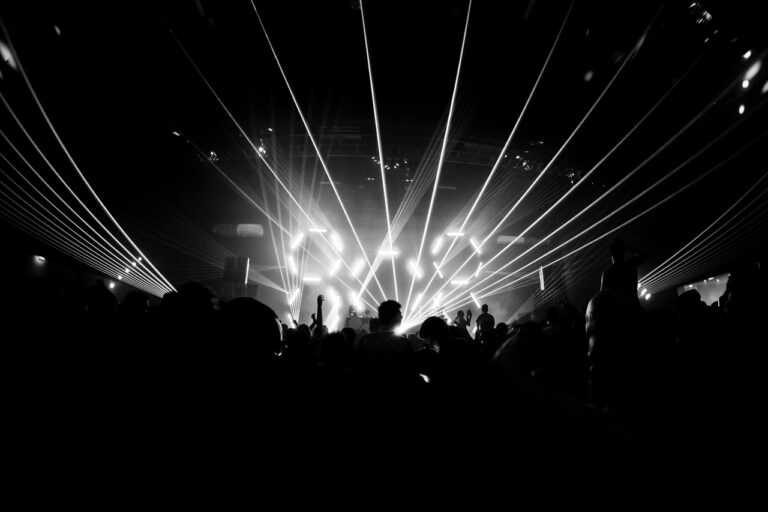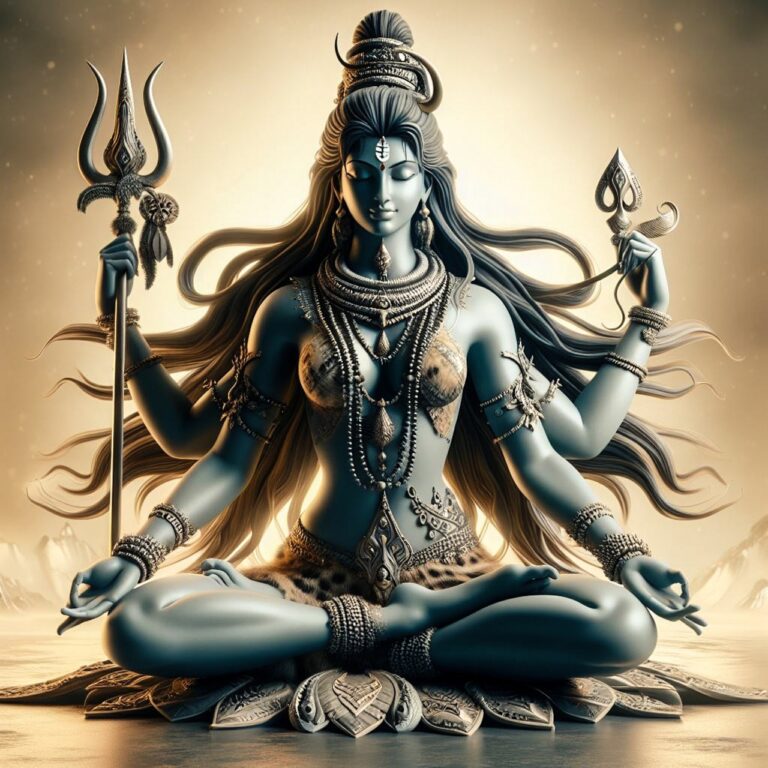Exploring the Psychology of Horror: Why Do We Love to Be Scared?
Horror movies have an undeniable allure that captivates audiences around the world. The adrenaline rush that comes from watching these films is a major driving force behind their popularity. The suspense, anticipation, and fear that build throughout the movie keep viewers on the edge of their seats, creating a thrilling and immersive experience that is hard to replicate in any other genre.
Furthermore, horror movies offer a unique form of escapism, allowing viewers to safely experience intense emotions and scenarios that they would never encounter in their own lives. The element of fear in horror films triggers a primal response in the audience, tapping into our most basic instincts and emotions. This deep connection to our innate sense of survival adds an extra layer of fascination to these movies, drawing viewers in and keeping them hooked until the very end.
• The adrenaline rush from watching horror movies is a major appeal
• Suspense, anticipation, and fear keep viewers on the edge of their seats
• Horror movies offer a unique form of escapism for audiences
• Fear in horror films triggers primal responses in viewers
• Deep connection to innate sense of survival adds fascination
The Thrill of Fear
Many people are drawn to horror movies for the adrenaline rush that comes with the thrill of fear. The heart-pounding moments, the tension building up to a scare, and the feeling of suspense all contribute to this exhilarating experience. It’s the ability of horror films to tap into our primal instincts and evoke a sense of danger that keeps audiences on the edge of their seats.
The fear experienced while watching these movies triggers a release of adrenaline in our bodies, which can lead to increased heart rate, heightened senses, and a surge of energy. This physiological response to fear is a natural reaction that dates back to our ancestors’ need to stay alert in dangerous situations. As we watch these terrifying scenes unfold on screen, our bodies go into “fight or flight” mode, preparing us to either confront the threat or run away.
The Role of Adrenaline in Horror
Adrenaline, often referred to as the “fight or flight” hormone, plays a crucial role in the horror movie experience. When viewers are faced with frightening and intense scenes, their bodies respond by releasing adrenaline into their bloodstream. This physiological reaction triggers a heightened state of alertness and arousal, preparing the individual to either confront the perceived threat or escape from it.
The release of adrenaline during horror movies can lead to increased heart rate, rapid breathing, and heightened senses. These physical responses contribute to the overall thrill of the viewing experience, intensifying the emotional impact of the scares on screen. As viewers become more immersed in the suspense and tension of the film, their bodies react by producing more adrenaline, enhancing the feeling of excitement and fear that is synonymous with the horror genre.
Why do people enjoy watching horror movies?
Many people enjoy watching horror movies because they provide a thrill and adrenaline rush that can be exciting and exhilarating.
What is the role of adrenaline in horror movies?
Adrenaline plays a key role in horror movies by heightening our senses and increasing our heart rate, which enhances the feeling of fear and excitement.
Why do some people seek out scary experiences?
Some people seek out scary experiences because they enjoy the adrenaline rush and the sense of accomplishment that comes from facing their fears.
Are there any benefits to watching horror movies?
Some studies suggest that watching horror movies can help people manage stress and anxiety by providing a safe outlet for experiencing fear and adrenaline.
Can watching too many horror movies have negative effects?
While watching horror movies in moderation is generally safe, consuming too much scary content can lead to heightened anxiety and trouble sleeping for some individuals.







